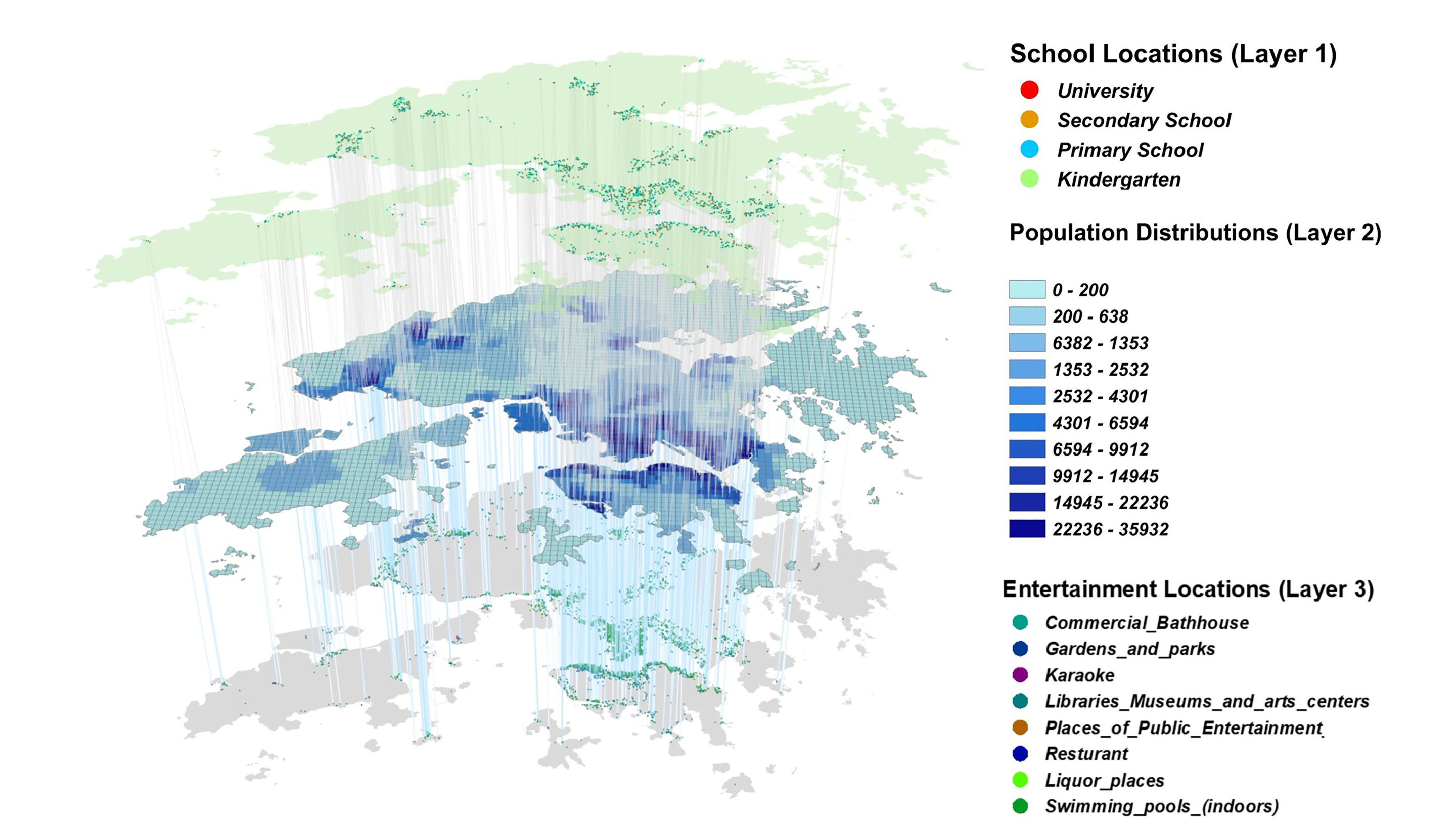
It is for this reason that I find myself gravitating toward and being grabbed by religious notions of transcendence.īy transcendence I mean nothing more than the fact that there are glimpses of “the more” in an experience-something more than the self through which we can explain and come to understand our true powers and capacities for transformation. As a result, we are unable to perceive what we are or are not capable of, and responsible for, changing in our lives and the world around us. I think selfgroundedness can become a form of idolatry: the self becomes the sole reference point for the truth and we are unable, in turn, to see the complexity of problems that are in reality larger than the self. For example, we sometimes blame personal or social problems on an intrinsic fault in an individual-in one’s genes, for instance-when the real roots of the problem are far more complicated.

In locating the potential solution in ourselves, we also define the problem in similar ways. One common pitfall in life is thinking that the means to peacefulness or satisfaction lies solely in ourselves. In addition to re-examining our life’s narrative, the goal of living peacefully can be helped by considering the notion of transcendence. This is the first step toward peaceful living. We need to correct our stories where there are inconsistencies, misleading coping mechanisms, and outright mistakes. The implication here is that we must ask questions about our narratives. Without the ability to distinguish between truthfulness and falsehood in our narratives, and thus without clarity about their constructive or destructive function, living peacefully will continue to be elusive. Our narratives must be true to the world we experience, they must be able to incorporate complex realities, and they must leave room for ambiguity when their precise meaning cannot be known. In contrast, a true narrative is one marked by such qualities as consistency, coherence, and continuity. Frequently, our denial or our self-deception is so profound that we cannot distinguish between truth and falsehood.įrom the GGSC to your bookshelf: 30 science-backed tools for well-being. Is it explained as an aberration, a result of previous abuse, a manifestation of human nature, a strategy for peace? What is the story that explains the violence we see? We frequently cope with difficult events or actions by explaining them through some overarching false narrative or some story we received second-hand. When we see violence, whether it is violence among nations, among social groups, or among spouses and partners, we instinctively seek ways to explain its origins. How we understand and explain violence is a superb example of this. Our experiences are often so traumatic they do not fit into our larger framework for understanding the world. Much of what we struggle with at these times, and why finding peace becomes so elusive, is there is frequently a dissonance between the world we experience and the narrative we have constructed for ourselves. This is extremely difficult to do during a time of turmoil or chaos, when our experiences are often deeply unsettling. In order for any event or experience to make sense, it must be able to fit in, and be explained by, this constantly evolving narrative. What do I mean by “narrative”? Our lives are a story we are perpetually telling ourselves. How can we manage to find meaning in life-how can we find inner peace or practice peace toward others-when our world seems mired in instability and despair? I believe there are three critical components to living peacefully in such times: narrative, transcendence, and hope.


These goals are severely challenged in times of turmoil, such as the current age marked by anxieties over war, terrorism, and the economy. As a theologian and ethicist, my research focuses particularly on how people find meaning and purpose in their existence.


 0 kommentar(er)
0 kommentar(er)
